|
Fizzy goodness? Yep. What is it? "Carbonation is a solution of carbon dioxide gas in water. The carbon dioxide is generally kept in the water through pressure (either in a bottle or in a natural spring), and will slowly release once that pressure is relieved, forming bubbles of carbon dioxide gas" - Serious Eats. As Beer Advocate points out, carbonation in beer can occur naturally during fermentation (fermentation produces alcohol and carbon dioxide as yeast digests the sugar in the wort) or be injected later. "Not all beer is carbonated to the same level," and "carbonation levels are expressed in volumes of CO2" (BeerSmith). While "giving the yeast a specific amount of sugar just before bottling produces exactly the amount of carbonation needed (Serious Eats)," breweries typically carbonate by injecting pressurized CO2 after the brew, as it's easier to control the results. Other carbonation options? Nitro! Hot stuff in the beer (and coffee) industry, using Nitrogen instead of Carbon Dioxide, while slightly more complicated, produces a lovely, rich body that compliments darker, heavier beers such as stouts and porters delightfully. John Hall explains the details for CraftBeer.com (check out the article for the scoop on Left Hand Brewing's nitro trail-blazing) - "When people talk of nitro, it’s a reference to the type of gas used in the carbonation process. It means the difference between the creamier nitrogen beers (N2) and their lively, prickly CO2 counterparts. A typical nitrogenated beer contains about 70 percent nitrogen and 30 percent carbon dioxide. Nitrogen is largely insoluble in liquid, which is what contributes to the thick mouth feel. This effect is helped by a special piece of tap equipment known as a restrictor plate that forces the beer through tiny holes before it lands in the glass. That process causes the “rising” effect that is topped with the head. And it’s really only the bubbles on the sides of the glass that fall. Inside they are actually rising, as typically seen with a poured carbonated beverage." Deschutes Brewery and Anchor Brewing have more details on the differences in flavor, aroma and body that occur with CO2 vs. N2 carbonation, and we just have to say - we're glad they both exist. Cheers! ~ Sadie ~ Join the Conversation ~
0 Comments
Leave a Reply. |
Archives
May 2017
Categories
All
|
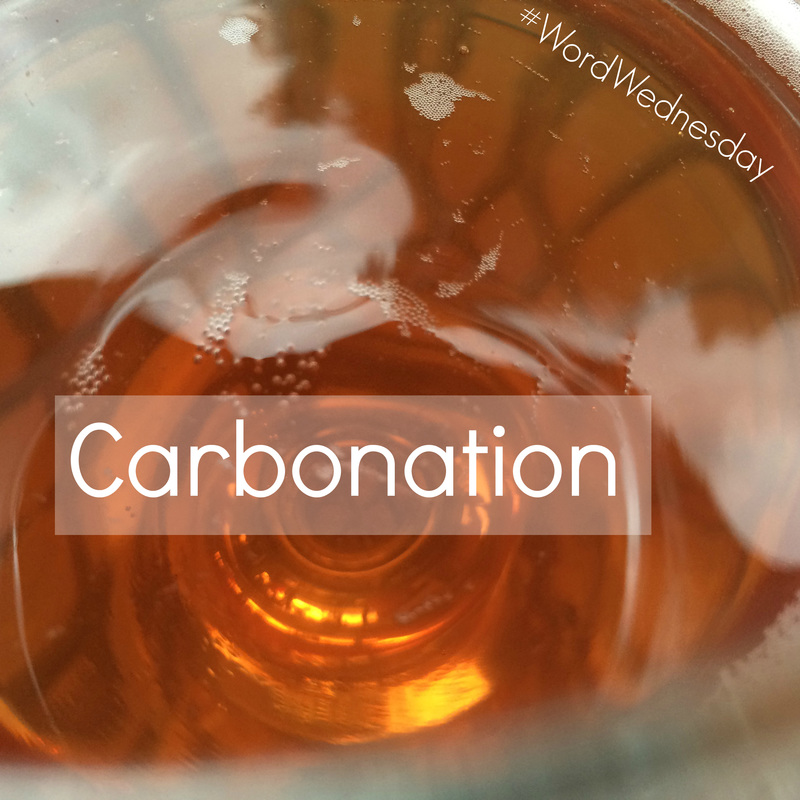
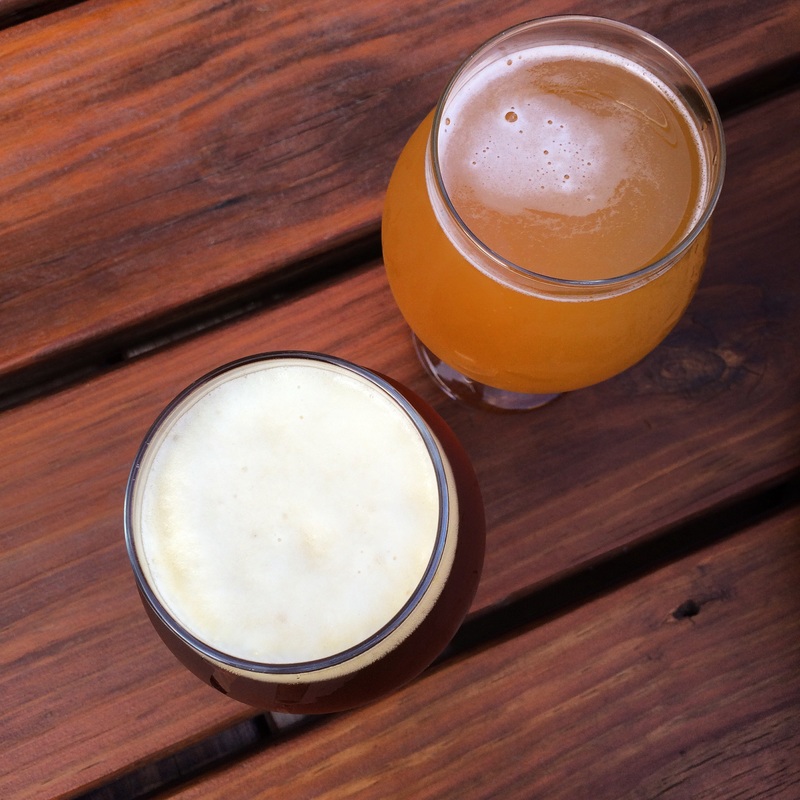
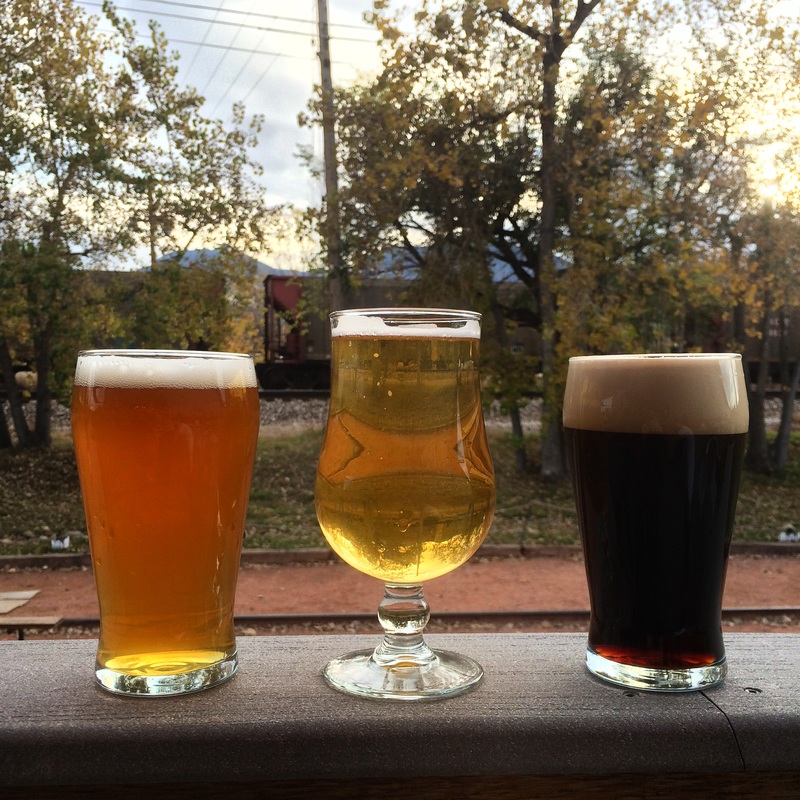
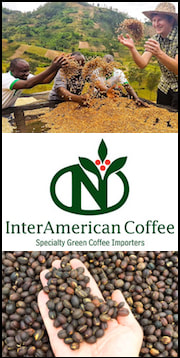
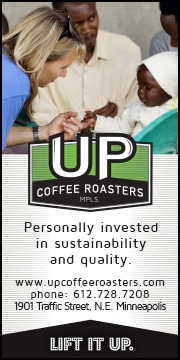
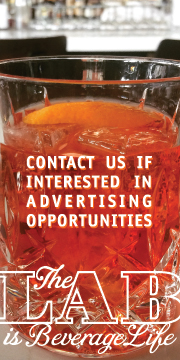
 RSS Feed
RSS Feed